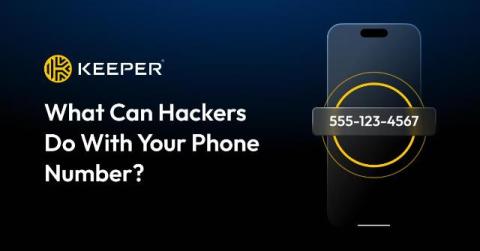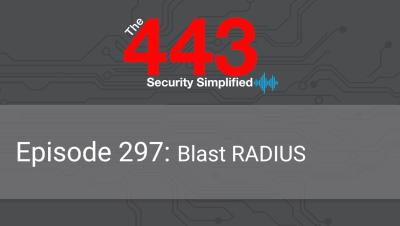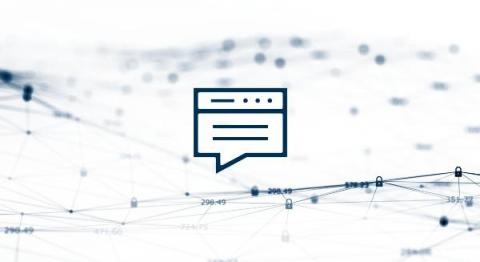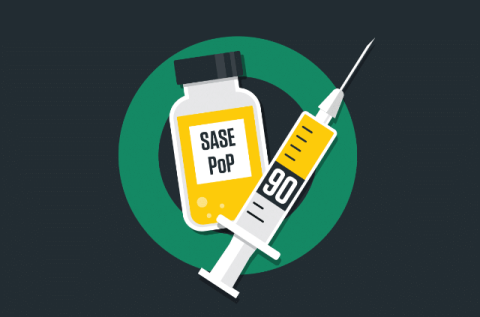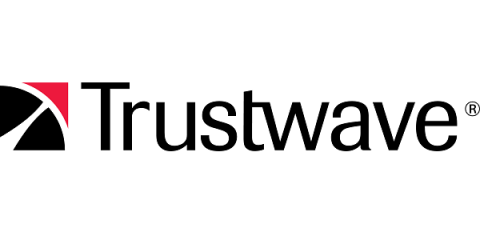Fix key cloud security risks with version 2 of the Essential Cloud Security Controls Ruleset
Cloud security teams are faced with an ever-increasing number of challenges. Attackers are focusing on more cloud-native attacks than ever. Meanwhile, the number of cloud service offerings—and by extension, the number of misconfigurations in them—is only growing. And there is always the risk that a sophisticated adversary could abuse a vulnerability in a cloud service provider to target cloud customers.




